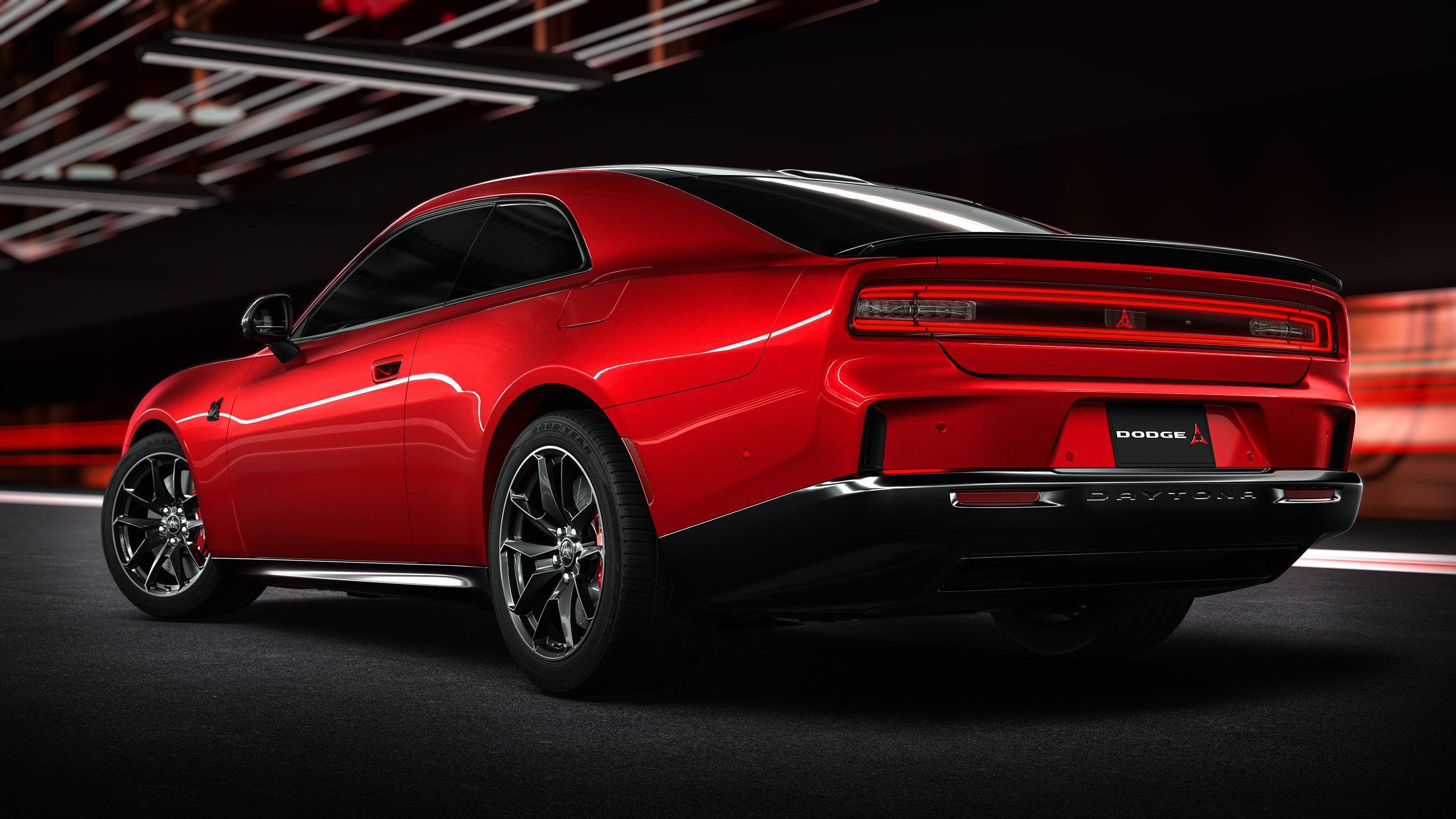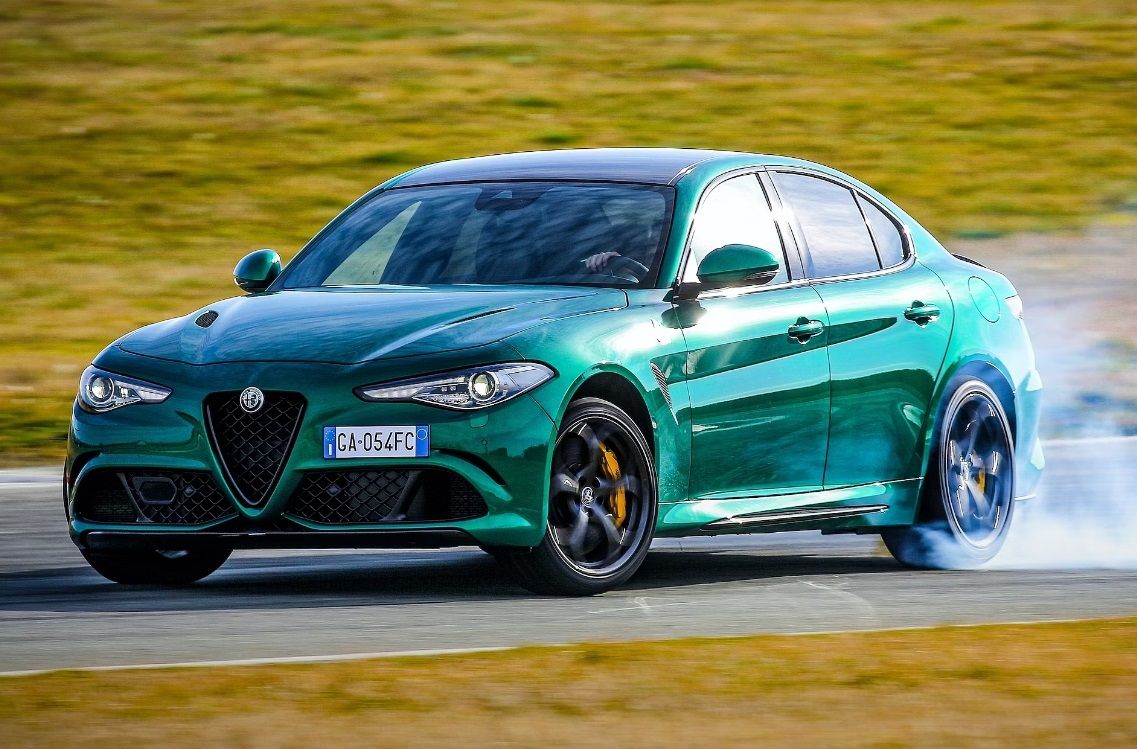Important takeaways
-
Alfa Romeo’s new Giulia will share the STLA Grand platform with the Dodge Charger Daytona, allowing for a variety of electric and gas-powered options.
-
The STLA Grand System enables a different driving experience, personalization, and the greatest possible range of electric models.
-
Alfa Romeo’s future depends on revising the Giulia platform while maintaining its brand’s unique style and performance.
Alfa Romeo’s CEO has confirmed that the new Giulia replacement will share a platform with the new Dodge Charger. Both vehicles will be based on the STLA Grand Platform, which will eventually form the basis of eight new battery-powered vehicles by 2026.
The STLA Grand Platform is a brilliant piece of technology designed to cover a wide spectrum of vehicles. It was designed with electrification in mind, but the new Charger has shown us that it can easily house a gas-powered engine. As for the EV, it’s available in 400- and 800-volt configurations with a maximum range of an impressive 500 miles.
The best news of all is that the Large STLA can be adjusted to provide a completely different driving experience. Any brand within the Stellantis group can change wheel, height, width and various suspension configurations. Automakers can also choose between front-wheel drive, rear-wheel drive, or all-wheel drive. This platform could be the secret to saving Alfa Romeo as a brand, but it will need help from Dodge.
Declining EV Sales
It’s no secret that there has been a general decline in EV sales. While some people are writing it off as a mistake, major automakers like Mercedes-Benz are starting to rethink their strategies. Instead of killing the A-Class this year, Mercedes will continue to build it because of the declining demand for EVs. It’s a good move, considering that its high-end EV products like the EQS Sedan tend to sit on dealer floors with little customer interest.
Alfa Romeo finds itself in a similar position, as it also promised to go fully electric. A month ago, the Italian brand confirmed that its V6 engines would be discontinued in April, which is a bad move for a brand traditionally associated with the V6 engine. Fortunately, Alfa Romeo has an easy way out of the Dodge Charger with the STLA Grand Platform.
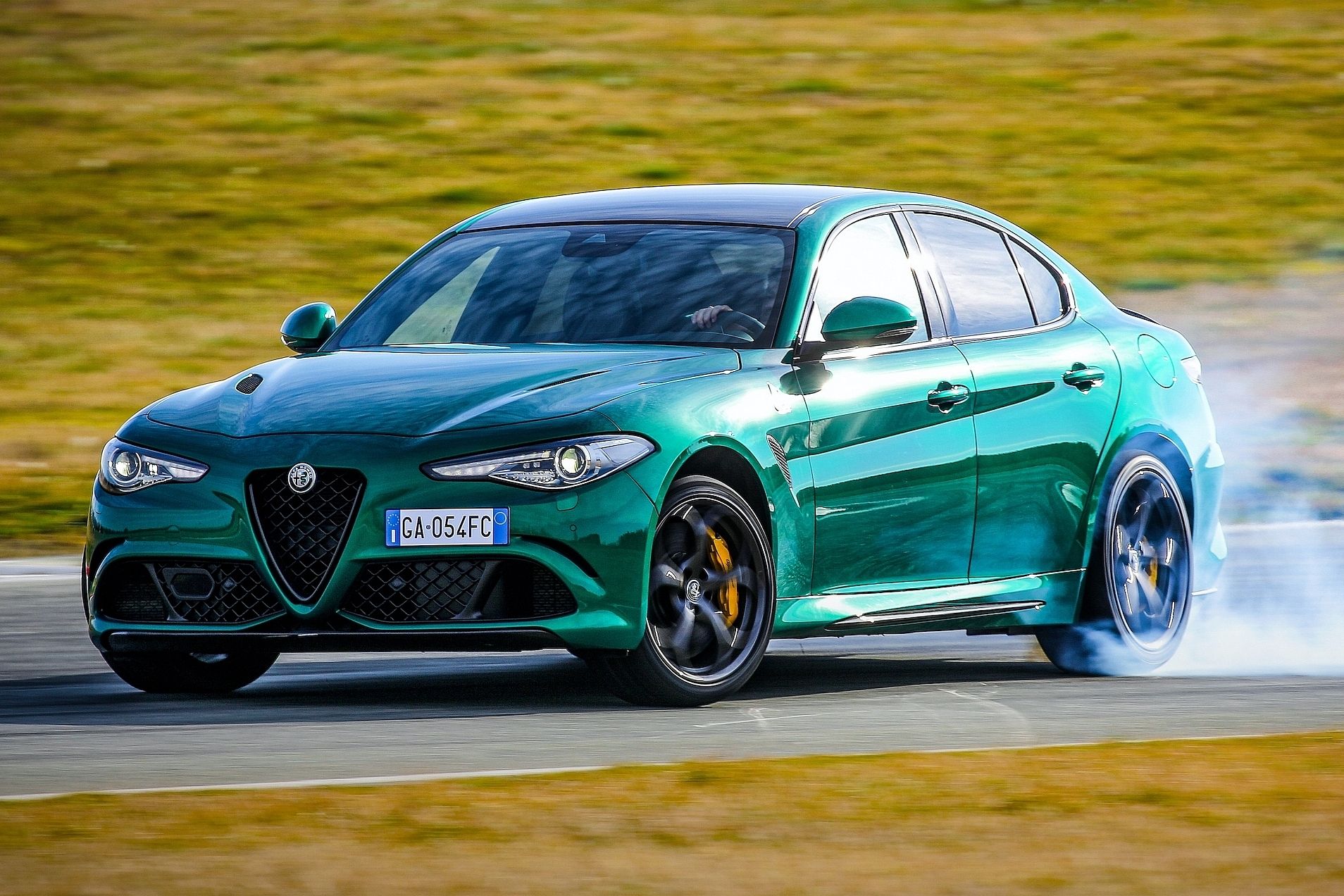
Related
Alfa Romeo Giulia And Stelvio Quadrifoglio V6 Engine Died In America After April
The reason for their departure will not surprise you.
1,000 HP Sedan With Good Italian Looks
Dodge said that the new Charger is supported by a multi-energy platform, which is a fancy way of saying that it can use multiple energy sources. Dodge will enter the market first with the Charger Daytona, which is an EV model. Models we already know include the R/T and Scat Pack. The base R/T has a dual-motor setup that produces 496 horsepower and 404 lb-ft of torque. The Scat Pack boosts the figures to 670 hp and 627 lb-ft, but a more powerful 1,000-hp Banshee is coming.
One of the main advantages of sharing a platform is the huge savings during the development phase. We wouldn’t be surprised to see the next-generation Giulia use the same EV powertrain. Actually our friends there HotCars ready to think what such a creation might look like. But there is a problem. The Dodge Charger has a 121-inch wheelbase, which is 10 inches longer than the current Giulia. Alfa can’t afford to make the Giulia that big because it would compete head-to-head with the likes of the i5.
To match the BMW 3 Series with the M3 rival, Alfa will need to modify the STLA platform. A shorter wheelbase means a smaller battery pack, which will affect range.
Still, Alfa Romeo is a performance brand, and it can’t afford to launch a 500-hp EV in a world where 800- to 1,000-hp is the new normal.
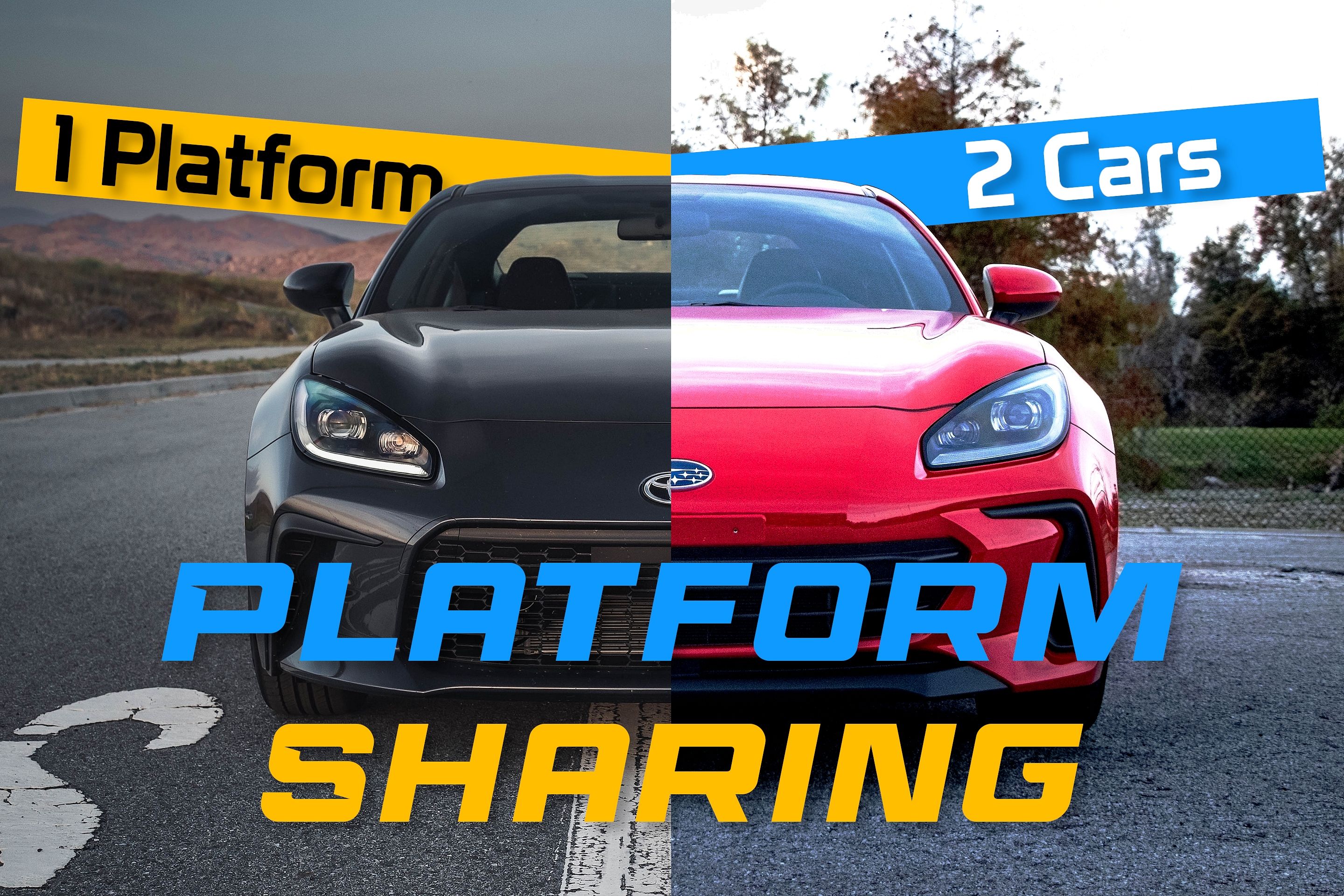
Related
The Pros and Cons of Platform Sharing and Badge Engineering
It has its own characteristics.
Combination of EV and ICE
Dodge also revealed that it will add one or more plug-in hybrid options to the mix, though the all-electric Banshee will remain the best option. Since Stellantis has invested billions of dollars in the new Hurricane inline-six, it makes more sense to build a plug-in hybrid using this engine as a starting point, which we’ve been told is very possible and very likely.
The technology already exists, and we’ve seen it used in many Jeep 4xe products. ZF’s eight-speed automatic transmission can easily accommodate the electric drive system. In Jeeps, it adds up to 150 hp to the engine output. More importantly, it serves as a torque converter to spin turbo lag. We already know that the high-output six-cylinder Hurricane produces 550 hp, and if you add the output of the electric motor, you get a Hellcat that competes with 700 hp.
The ICE Only Option Can Still Be Very Profitable
Alfa Romeo could build a next-generation Giulia with a six-cylinder engine. It won’t be a V6, but an inline-six is better than no cylinders at all. We know that a maximum output of 550-hp will be standard in the next Charger, and many people are angry about it. We think the formula has the best potential for several reasons.
First, the weight on the front axle will be reduced, and the engine can be placed as far back as possible for better weight distribution. Second, as a twin-turbocharged inline-six, tuning options will be plentiful. Once the third party starts getting into the ECU, unleashing an extra 100 hp will be as easy as writing a few lines of code. All this will also be true for the next generation Giulia if Alfa Romeo decides to follow this path. It has no other choice from where we stand because it is a popular brand and loyal customers want a six-cylinder tune.
We also know that all Chargers will be AWD, but the rear-wheel drive option is there. This may be the secret to distinguishing the two cars. It is possible to build two cars on the same platform and make them feel different. The best recent examples are the Mazda Miata and the Fiat 124.
Fit the Charger and Charger Daytona AWD, but only fit the halo Giulia RWD. The engineers at Alfa can work magic on this new platform (which is based on the Giorgio platform they invented), which we also know can accommodate different suspension setups and electronics. And most importantly, let the people in charge of the current Giulia make the EPAS system for the next model.
Sharing the Stage at Its Best
What we have here is a great opportunity to show how sharing a platform can be done the right way. Alfa Romeo will need to use its unique design on the STLA Grandstand. The last thing we need is another Alfa Tonale and Dodge Hornet situation. There needs to be a clear difference between the two cars, and it starts with the styling.
Alfa Romeo can also work its own magic with the Hurricane inline-six, tuning the exhaust sounds to be more Alfa-like. And while the Alfa’s interior has never been solid, it has been very stylish. The only Google variant of caramel color with black leather that was found on the 156. You felt special from the moment you stepped inside.
Above all, Alfa needs to retain a little Alfa-ness. According to the latest JD Power Vehicle Dependability Survey, Dodge is in a good spot, which means we’ll finally get a reliable Alfa. For the sake of the past, Alfa could include a feature where the car refuses to idle for 10 minutes to give Alfalists a proper old-school ownership experience.
In all seriousness, we expect a 550-hp RWD sedan with impressive Italian styling built on a platform that will last more than a decade.
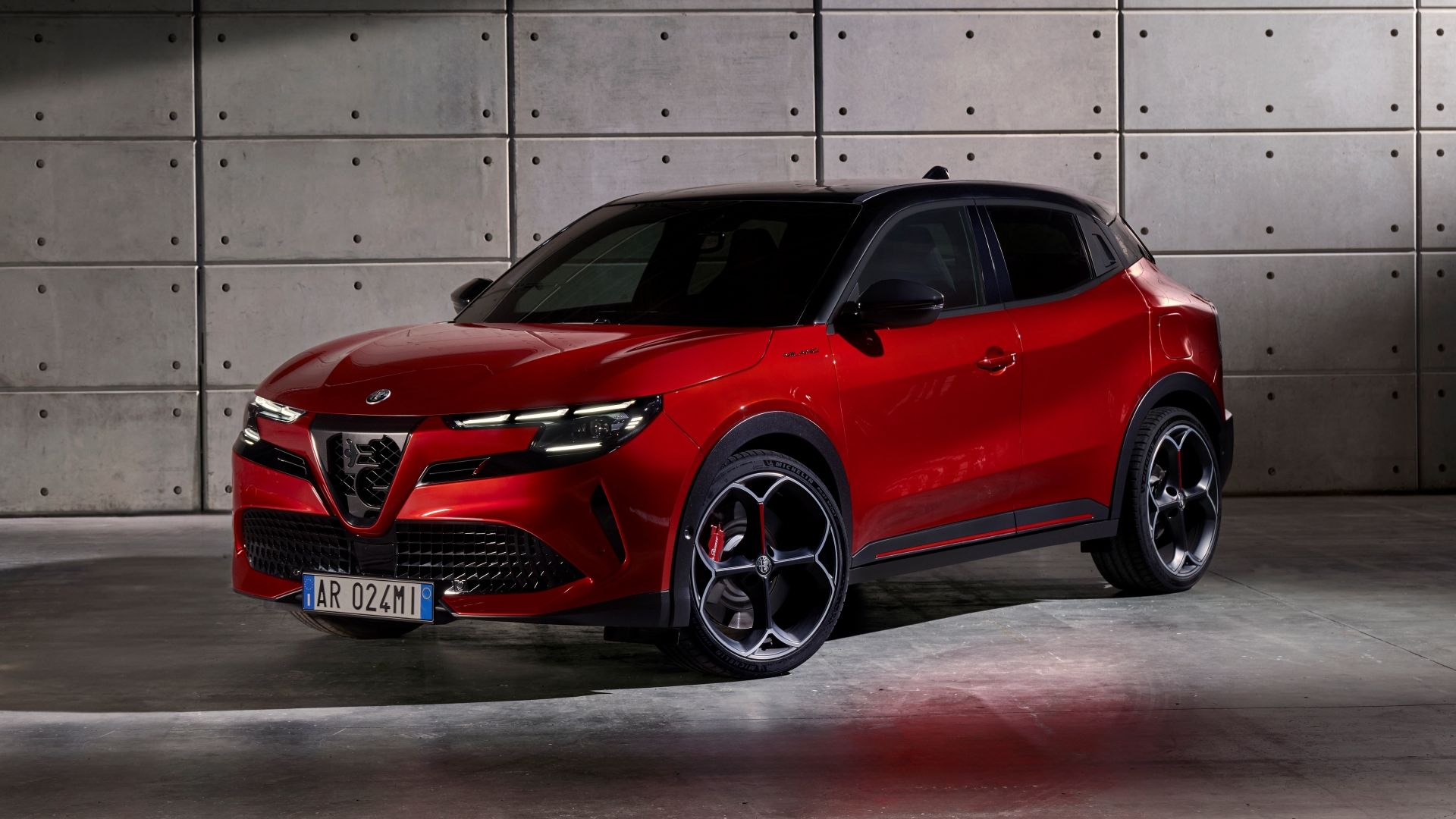
Related
Alfa Romeo Milano Revealed: Bite-sized Electric Alfa With Jeep Bones
The Alfa Romeo Milano will not only be available with an electric powertrain, but it will also not be available in the US.


